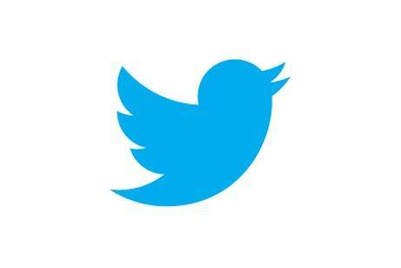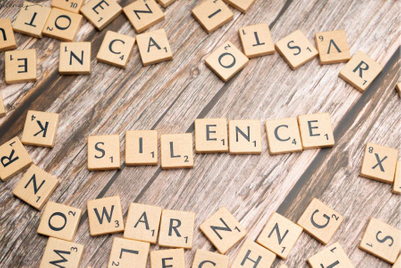
In the session themed 'The past present and future of content consumption: Long form vs split second viewing' at FICCI Frames 2013, moderator Rajiv Makhni, managing director, technology, NDTV, started the discussion by saying there's a sense of deja vu in this topic, as the conversation began three years ago.
He was of the opinion that people were looking at taking short or split second viewing forward three years ago, but now long form has returned as the favoured option. "People are looking down at short form as they think it's poor craft," he said.
With these statements, Makhni started what he billed as a debate among the panelists.
Ajay Vidyasagar, regional director, Google, didn't view at the topic as a debate. Taking middle ground, he said, "We at Google and more specifically YouTube don't look at this as a debate. Content, be it 15 seconds or three hours, needs to capture the imagination of the viewer."
Makhni then got the attention of the people present at the session and asked them whether they logged on to YouTube for short content or longer duration content. The majority of the crowd said it visited YouTube for shorter length videos.
Vidyasagar responded to this by saying he had the numbers to back long form viewership on the medium. "Any video longer than 14 minutes of duration qualifies for long form viewing for Google. 40 per cent of our global viewership comes for videos 14 minutes or longer."
Next up was Mark Wilson Dunn, global sales and marketing director, British Telecom Media and Broadcast. "I don't sit on the fence normally, but I genuinely feel creativity is the more important thing for content no matter whether it's short form or long form viewing. I am a father of three girls between the age group of 9 and 20. The way they consume content is different." He added,"People have attention spans of 15 minutes or lesser and that's where short form comes in."
Representing the print media was Kalpesh Yagnik, national editor, Dainik Bhaskar Group.
Yagnik spoke about the two different viewing trends for the medium. "Just because things are moving online, a similar debate is going on in the print industry too. We at Dainik Bhaskar cover the largest area in the country. We understand how our readers are going to consume the medium. Our challengers are territory-wise, as different areas of the country are consuming different types of media. We went onto discover that the racy format will have more consumption."
"We have minutes consumed measured by the IRS. However, we understand that certain things are measurable, but certain are not," he added.
Bharat Ranga, chief content and creative officer, Zee TV, pointed to the 'very exciting times' we live in. "We are not content creators, but aggregators. Everything depends on the consumer mood. Specially created content like promos have to be short form, but when it comes to proper content, whether it is five-minute stand up comedy acts or three hour-long movies, you don't want to tinker with it."
He also spoke about Zee's on-the-go viewership option Ditto TV, and the fact that 60 to 70 per cent of the content consumed on the medium is long form.
With Twitter's character limit, Makhni wondered if Rishi Jaitly, head, Twitter India, would be one who liked to consume short form content - but that was not to be.
Jaitly said, "The story that doesn't get told in Twitter is that people who are Tweeting in 140 characters are working with the long form in tandem. They are in all probability watching TV and sharing their experiences on Twitter simultaneously."
"I don't think long form is going, but I do think it's changing dramatically. Presentation is getting innovative and is extremely important," he added.
The session ended on the lighter side.
Yagnik said, "It's not about long form or short form, it's the truth that prevails."
Makhni responded, "That means 90 per cent of our media goes out of the window with that statement."


.jpg&h=334&w=500&q=100&v=20250320&c=1)
.jpg&h=334&w=500&q=100&v=20250320&c=1)


.jpg&h=334&w=500&q=100&v=20250320&c=1)

.jpg&h=334&w=500&q=100&v=20250320&c=1)


.jpg&h=334&w=500&q=100&v=20250320&c=1)
.jpg&h=268&w=401&q=100&v=20250320&c=1)



.jpg&h=268&w=401&q=100&v=20250320&c=1)

.jpg&h=268&w=401&q=100&v=20250320&c=1)

